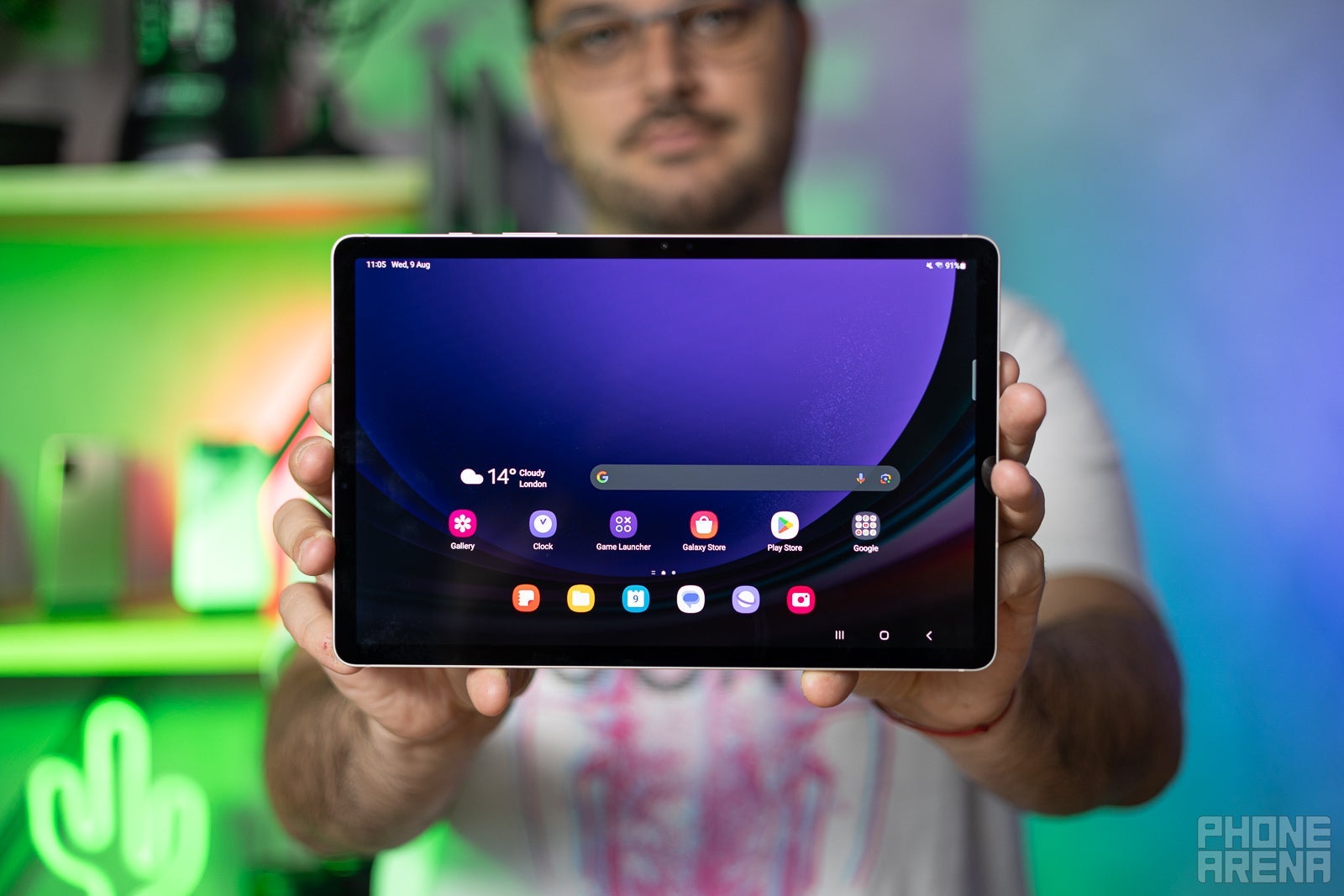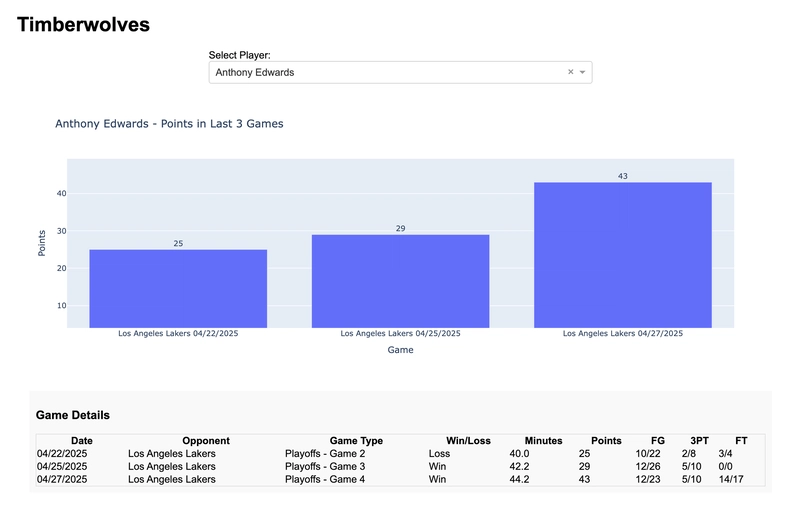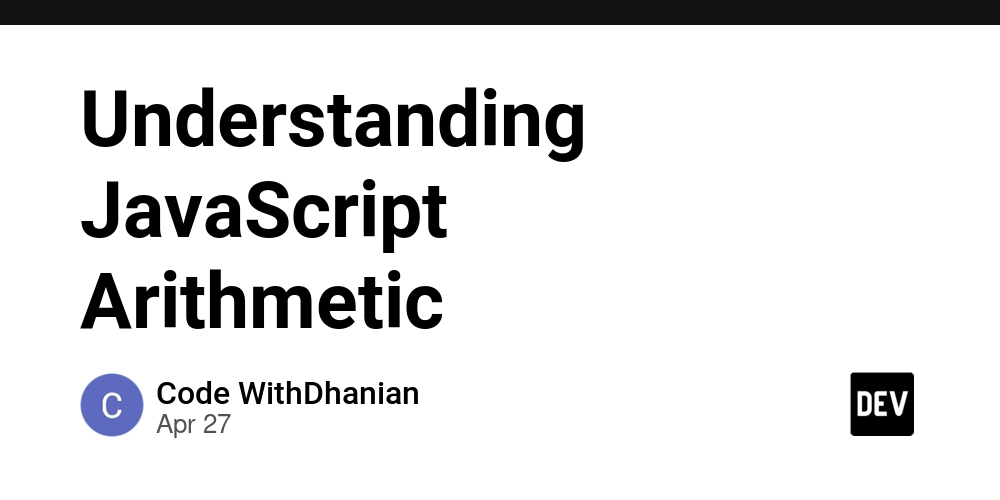Top 15 AI-Assisted Coding and Code Generation Tools to Try in 2025
Introduction The adoption of AI use in software engineering tasks like coding has skyrocketed since 2022. According to a 2024 survey by Stack Overflow, around 70% of developers who responded use or plan to use AI tools in their development process. This adoption has resulted in a surge in the development of tools for AI-assisted coding and code Generation which can make it hard for you to choose what tool to use in 2025. In this article, we are going to explore various tools you could use for AI-assisted coding and code generation in 2025, describe each tool, and give the key features offered and the pros and cons. This will aid you in choosing what tool is best for a given coding or code generation task. But before that let’s first get the difference between AI-assisted coding and code generation: AI-assisted coding refers to the use of AI technologies by developers to assist in writing, understanding, testing, and maintaining code while Code generation refers to automatically creating source code using tools based on developer queries or commands. AI-assisted coding tasks include code suggestions, code generation, code explanation, bug fixing, autocompletion, code documentation, and testing e.g. Using AI (Llms) for Unit test generation. At the beginning of the year 2025, a trending term, Vibe Coding, was given to these techniques of coding by one of the influential AI developers and OpenAI co-founder, Andrej Karpathy on X . It led to everyone looking out for tools to help out in vibe coding. This article discusses some of the tools, their pros and the cons to help you choose what is best for you. Why use AI for Code Generation and as a Coding Assistant? Using AI tools for code generation and as a coding assistant comes with numerous benefits some of which include the following: Efficiency. AI tools automate repetitive tasks like writing boilerplate code leaving the developers to focus on problem-solving and innovative tasks. Error reduction. Using AI tools in development reduces the chances of errors and bugs in code as they identify them and suggest ways of fixing the code to remove them. Faster development. AI code generation tools can provide complete code snippets or even modules in a short time just from natural language prompts. Enhanced learning. These tools help explain code snippets and suggest better approaches and best practices during development. Improved code quality. AI-generated code adheres to the best and most modern code standards and is optimized for readability, maintenance, and performance. Support multiple programming languages. This allows developers to explore other languages and frameworks with ease and support provided by AI. 15 AI-Assisted Coding and Code Generation Tools to Try in 2025 Qodo ( Previously Codium) Qodo is one of the most commonly used AI tools by developers to assist in coding and code generation. It focuses on generating code snippets, generating code tests, and quality code. It’s provided to users through extensions on popular code editors like VS Code, IntellijIDEA, and other JetBrains IDEs. Qodo also provides its tool via a git agent for use on version control platforms like GitHub, GitLab, and BitBucket. The features offered by Qodo define it as one of the AI-assisted coding and code generation tools to try out as a developer in 2025. Pros Free access to features like chatting, generating tests, pull requests, and issues management. Offers a variety of features for AI-assisted coding e.g. code completion, test suite generation, and more especially for premium access. Uses the latest generative AI models that are more accurate in generating quality code. Utilizes natural language prompts to understand the developer’s needs of a project, and thus autocompletes code based on this prior knowledge. Analyzes code and comments then provides suggestions for improvement. Cons Limited access to advanced and important assisted coding tasks for the free tier access. Supports few IDEs; only VS Code and JetBrains’ IDEs. Vercel v0 v0 is a product of Vercel Inc., the maintainer of the popular React.js framework - Next.js. v0 is an AI tool for frontend code and UI generation. It generates React code and the user interface focused on the shadcn UI library and also provides support for react-three-fiber for 3D graphics. This tool offers developers the power to generate complete user interfaces together with their React code by using natural language prompts from a chat-based interface. As dealing with client-side development requires the integration of media files like images, v0 offers the ability to add media files that a developer wants to use in the front end together with prompts of where it should be placed on the UI. Besides the generated client-side code, v0 also generates test cases. If you are a front-end developer, this AI code generation tool is worth trying out to assist you in

Introduction
The adoption of AI use in software engineering tasks like coding has skyrocketed since 2022. According to a 2024 survey by Stack Overflow, around 70% of developers who responded use or plan to use AI tools in their development process.
This adoption has resulted in a surge in the development of tools for AI-assisted coding and code Generation which can make it hard for you to choose what tool to use in 2025.
In this article, we are going to explore various tools you could use for AI-assisted coding and code generation in 2025, describe each tool, and give the key features offered and the pros and cons. This will aid you in choosing what tool is best for a given coding or code generation task.
But before that let’s first get the difference between AI-assisted coding and code generation:
AI-assisted coding refers to the use of AI technologies by developers to assist in writing, understanding, testing, and maintaining code while Code generation refers to automatically creating source code using tools based on developer queries or commands.
AI-assisted coding tasks include code suggestions, code generation, code explanation, bug fixing, autocompletion, code documentation, and testing e.g. Using AI (Llms) for Unit test generation.
At the beginning of the year 2025, a trending term, Vibe Coding, was given to these techniques of coding by one of the influential AI developers and OpenAI co-founder, Andrej Karpathy on X . It led to everyone looking out for tools to help out in vibe coding. This article discusses some of the tools, their pros and the cons to help you choose what is best for you.
Why use AI for Code Generation and as a Coding Assistant?
Using AI tools for code generation and as a coding assistant comes with numerous benefits some of which include the following:
Efficiency. AI tools automate repetitive tasks like writing boilerplate code leaving the developers to focus on problem-solving and innovative tasks.
Error reduction. Using AI tools in development reduces the chances of errors and bugs in code as they identify them and suggest ways of fixing the code to remove them.
Faster development. AI code generation tools can provide complete code snippets or even modules in a short time just from natural language prompts.
Enhanced learning. These tools help explain code snippets and suggest better approaches and best practices during development.
Improved code quality. AI-generated code adheres to the best and most modern code standards and is optimized for readability, maintenance, and performance.
Support multiple programming languages. This allows developers to explore other languages and frameworks with ease and support provided by AI.
15 AI-Assisted Coding and Code Generation Tools to Try in 2025
Qodo ( Previously Codium)
Qodo is one of the most commonly used AI tools by developers to assist in coding and code generation. It focuses on generating code snippets, generating code tests, and quality code. It’s provided to users through extensions on popular code editors like VS Code, IntellijIDEA, and other JetBrains IDEs.
Qodo also provides its tool via a git agent for use on version control platforms like GitHub, GitLab, and BitBucket. The features offered by Qodo define it as one of the AI-assisted coding and code generation tools to try out as a developer in 2025.
Pros
Free access to features like chatting, generating tests, pull requests, and issues management.
Offers a variety of features for AI-assisted coding e.g. code completion, test suite generation, and more especially for premium access.
Uses the latest generative AI models that are more accurate in generating quality code.
Utilizes natural language prompts to understand the developer’s needs of a project, and thus autocompletes code based on this prior knowledge.
Analyzes code and comments then provides suggestions for improvement.
Cons
Limited access to advanced and important assisted coding tasks for the free tier access.
Supports few IDEs; only VS Code and JetBrains’ IDEs.
Vercel v0
v0 is a product of Vercel Inc., the maintainer of the popular React.js framework - Next.js. v0 is an AI tool for frontend code and UI generation. It generates React code and the user interface focused on the shadcn UI library and also provides support for react-three-fiber for 3D graphics.
This tool offers developers the power to generate complete user interfaces together with their React code by using natural language prompts from a chat-based interface. As dealing with client-side development requires the integration of media files like images, v0 offers the ability to add media files that a developer wants to use in the front end together with prompts of where it should be placed on the UI. Besides the generated client-side code, v0 also generates test cases.
If you are a front-end developer, this AI code generation tool is worth trying out to assist you in coding tasks.
Pros
Easy to use and understand chat-based interface.
Free access is available for developers.
Offers the ability to re-design and customize already generated code and interfaces.
Best for React, shadcn UI stack projects.
Support for media file integration and 3D graphics.
Support for third-party libraries.
Cons
Free access is limited to 5 projects.
Requires prior knowledge in React and shadcn UI.
Limited to only React and shadcn UI leaving out other frontend development stacks.
Replit AI
Replit AI is an AI tool by Replit (formerly Repl.it), a company running an online IDE of the same name. This AI tool provides the following features: an AI agent that receives natural language prompts and generates web applications based on the prompts, code autocompletion during development, code editing, code generation, and code explanation while coding. Its features make it one of the go-to AI-assisted coding tools for developers to try out in 2025.
Pros
Provides improvement to natural language prompts for better code generation.
Has an easier-to-use and understand chat-based interface.
Handles environment setup and app deployment.
Can do tasks like connecting to a database and configuring a server which is rare in most AI tools.
Free tier for 3 projects.
Generates API documentation from prompts.
Cons
Free access has limited project offers.
Needs an understanding of the Replit IDE for efficiency.
Limited to only the Replit IDE leaving out other popular IDEs and code editors.
Github Copilot
GitHub Copilot is an AI coding assistant developed by GitHub in collaboration with AI giant OpenAI. It is one of the earlier AI-assisted coding tools and it is used by many developers ( over 150M developers). This AI tool comes with several features to aid developers in coding and help them with code generation.
These include code autocompletion, two-sided panels - one for copilot chat and in-line suggestions and another panel for the code and auto-completion, the ability to iterate through large changes in multiple files, answering coding and “how to” questions, bug fixing and unit tests cases and code documentation generation.
GitHub Copilot was recently announced to be free to users by GitHub’s parent company Microsoft. Here is a step-by-step guide on how you could get started on using GitHub Copilot for free.
Pros
Free to use by developers.
Easily accessible in VS Code through extensions.
Supports multiple languages.
Provides quality and standard code from natural language prompts.
Provides an easier-to-use chat panel in VS Code.
Cons
Free access is only available to VS Code users.
The free access is limited for teams and enterprise applications as it provides access to only 2,000 code completions and 50 chat messages per month.
Understanding how to use it takes time, especially what keys are used for what commands.
ChatGPT
You have heard about ChatGPT. It is a text and media-based generative AI tool used for multiple tasks. This tool also excels at performing AI-assisted coding tasks like code generation, bug fixing, code explanation and understanding, test case generation, and code improvements by prompting in natural language. The most recent generative AI model, GPT 4o, used in ChatGPT is excellent at performing all the above-mentioned tasks.
This tool is accessed through a chat-based interface. Developers are also provided with an API to utilize for building AI-assisted coding and code generation tools among many other tools.
Pros
Free access to use by developers.
Supports and understands almost all programming languages.
Understands natural language.
Accepts and interprets code images and snippets taken by a developer either as screenshots or even camera shots.
New generative models with better code reasoning are frequently released.
Cons
It is not integrated into IDEs or Code Editors thus a developer has to copy code from one platform to another which is tiresome.
The free tier has limited access to new and advanced models that are best at generative tasks.
Old models sometimes generate code with errors and bugs.
Devin AI
Devin is an AI software engineer developed by Cognition Labs. The reason why it is termed a Software engineer is because of its ability to perform complex code and software engineering tasks autonomously. Some of the tasks that make it qualify as an AI coding assistant and code generation tool to use in 2025 include writing code in natural language, mastering the developer’s coding style, and software testing, among others.
Devin uses tools such as online courses and API documentation to absorb information and finish activities on their own, hence it is one of the coding assistants to try out.
Pros
Provides software automation tasks like code deployment.
Efficient in developmental tasks.
Support mobile coding through its mobile apps.
Assists in coding collaborations as well
Cons
There is no free tier for Devin.
Only teams can access it. There is no offer for individual developers unless you are willing to pay the price for teams.
It is complex to use with other IDEs and code editors.
Understanding how to use it takes time due to unfamiliarity with its interface.
It is not efficient for large-scale projects.
Cursor AI
Cursor AI is an AI code editor with code generation capabilities, knowledge, and reasoning integrated in it. It solves the challenge of navigating between GPTs like ChatGPT or Claude and code editors like VS Code. This reduces time spent on projects and also offers the generative AI models the ability to understand the whole project as there is access to all files in a project, unlike chat-based platforms like ChatGPT where you need to copy and paste code for every file for it to understand your whole project.
Cursor AI uses Claude and ChatGPT from OpenAI to incorporate cutting-edge AI features. Cursor AI can now provide dynamic code optimization, automated error detection, and intelligent code recommendations thanks to this integration. This has made it a “run to” AI coding assistant for many developers.
Pros
It's easier to use as it is a fork of VS Code but with AI capabilities.
Comprises a two-week free trial with 2000 code completions and 50 slow premium requests.
Available for Windows, Mac, and Linux users.
Uses reputable AI models in the background.
Utilizes natural language while developing.
Cons
The free access is just a trial limited to 2 weeks and with limited and slow features.
It does not integrate with any other IDEs. To use Cursor AI as a coding assistant, a developer needs to install it as an editor on its own.
It is not efficient for large-scale projects.
Microsoft Copilot
MicroSoft Copilot is a chat-based AI coding assistant just like ChatGPT. It is integrated into most MicroSoft products, including Bing and MicroSoft 365 apps. There is also its chat interface. With this AI tool, developers prompt it in natural language for code generation, bug fixing and identification, code changes, and implementation of best practices.
MicroSoft Copilot runs OpenAI models in the background. These models have a good reputation for use in coding assistants and code generation. This makes this tool a go-to for developers who use MicroSoft products to maximize it, thus it’s worth using in 2025.
Pros
It's free and can be accessed in all Microsoft 365 products.
Uses reputable AI models in the background.
Utilizes natural language for code prompts.
It is accessible on interfaces that users are familiar with.
Cons
Requires a developer to navigate between MicroSoft products and non-MicroSoft products while copying and pasting generated code.
It is not integrated into IDEs or code editors.
CodePal
CodePal is a coding assistant known among developers for its ability to generate code for the developer with an option to question the logic and process used in the code generation process. This tool is good for AI-assisted coding as it provides code correction, code explanation, and code documentation thereby speeding up the development process. You may enjoy using AI coding assistants, just try out CodePal as it might be the tool you have been looking for.
Pros
There is free access to CodePal.
Easier to understand the user interface.
Support for multiple languages.
It understands natural language prompts.
Cons
The free access has limited features and text prompt input size.
It is not directly integrated into development environments and code editors.
Requires copying and pasting as you navigate between the CodePal platform and your coding environment.
Blackbox AI
Blackbox AI is an AI tool that provides coding assistants called Agents. It is one of the earlier developed tools with the emergence of generative AI and ChatGPT in 2023. Blackbox provides agents for multiple programming languages, a Frontend agent for client-side development tasks, coding agents based on VS Code workspaces, and the ability to create your agents based on developer needs. This tool utilizes some of the prominent and reputable AI models in its background tasks. These include GPT 4o, Claude-Sonnet-3.5 and Gemini-Pro.
Pros
It integrates with VS Code through its extension.
It's freely accessible.
Offers the ability to create custom coding agents/assistants.
The frontend agent displays the output of the generated code there and then.
Accepts media files like code images, code documents, etc.
Offers image to app capabilities.
Cons
Free access gives developers limited features.
Requires copying and pasting, not inline chatting and code generation.
Tabnine
Tabnine is an AI coding assistant developed by a Tel Aviv technology company of the same name but previously called Codota. This tool offers intelligent code completions and code suggestions for developers based on the context of the project and the developer’s style.
In addition to contextual autocompletion, Tabnine also provides options for developers to ask the coding assistant questions and seek guidance.
Pros
There is a free trial.
Integrates with almost all popular IDEs and code editors.
Ensures privacy as the user's code is never stored or used for AI model training.
Its AI models are customizable based on developer needs.
Multiple programming language support.
Cons
No free access.
Not perfect for very complex projects.
Amazon Q Developer (Previously CodeWhisperer)
Amazon Q Developer is an advanced AI coding assistant developed by Amazon Web Services (AWS). It enhances development by providing code suggestions, unit test generation, security scanning, and bug fixing. This AI coding tool provides generative and automated solutions to most of the developer tasks including designing data pipelines, and document generation, among others thus making it one of the tools to try out in 2025.
It can be accessed in popular IDEs and code editors like Visual Studio, VS Code, JetBrains IDEs, and Eclipse through extensions. There is an option for the macOS command line.
Pros
Handles even complex developer tasks like security scanning and pipeline designing.
Can be integrated into the most popular code environments.
Supports multiple programming languages
Cons
No free access.
Offers a free trial but with limited features.
Understanding how to use it efficiently takes time.
CodeGPT
CodeGPT is an AI coding assistant that uses top AI models to enhance development by integrating them directly into developer workflows. With CodeGPT, a developer can create custom AI agents that write code in his or her style. These agents can autocomplete code, explain it, and check and fix bugs. CodeGPT provides extensions enabling integration in popular development environments. You can try it out as it might be the coding assistant you have been searching for.
Pros
It directly integrates into popular IDEs via extensions.
There is free access for beginners.
Provides options for creating custom coding assistants.
Uses multiple AI models for coding and generation tasks.
Cons
The free access has limited features.
It does not understand the whole project unless a developer describes it.
It is an extended version of all the AI models it uses in the background.
Cody
Cody is a code generation and coding assistant developed by Sourcegraph. It blends the top generative AI models in the market and utilizes them in the background to perform coding tasks based on developer text prompts/inputs from a chat-based interface. This AI-assisted coding tool understands a project’s codebase and is aware of the multiple files in a project thus performing code autocompletion and other generative tasks about the project’s context. This makes Cody a coding assistant to try out for developers interested in AI-assisted coding.
Pros
There is a free version for developers.
Accessed in popular IDEs through extensions.
Enables the creation of custom commands like for code comments and documentation.
Privacy concerns are addressed as the tool does not retain users' data or code for training AI models.
Cons
Free access is limited to certain features leaving out many advanced ones.
Relying on the developer’s ideas, knowledge, and project context might limit the reasoning capabilities of the tool.
Codestral
Codestral is Mistral’s AI model for code generation tasks. This model is fluent in over 80 programming languages and ranks top for code generation purposes among some of the other common models like CodeLlama, Llama 3, and DeepSeek Coder. It is best for Python and SQL coding and can be integrated into code generation tools and software via its available API or accessed through Mistral’s ChatGPT-like platform called Le Chat.
Pros
Supports multiple programming languages.
Available for developers for free.
Understands text prompts to produce code for developer needs.
Understands natural language.
Helps in bug identification and bug fixing.
Cons
Requires copying code from its platform to your development environment and vice versa.
It can’t be integrated into code editors and IDEs as it has no extensions.
It is not perfect in some programming languages.
Conclusion
AI is revolutionizing software development through the rise of AI-assisted coding tools and AI code generation tools. These tools automate repetitive tasks like coding, bug fixing, and error identification, among others making developers focus on innovation and problem-solving. Whether you are a frontend engineer, a backend engineer, a Mobile applications developer, or a technology enthusiast, embracing the use of the tools in this article will make you stay ahead in 2025.




























![[Free Webinar] Guide to Securing Your Entire Identity Lifecycle Against AI-Powered Threats](https://blogger.googleusercontent.com/img/b/R29vZ2xl/AVvXsEjqbZf4bsDp6ei3fmQ8swm7GB5XoRrhZSFE7ZNhRLFO49KlmdgpIDCZWMSv7rydpEShIrNb9crnH5p6mFZbURzO5HC9I4RlzJazBBw5aHOTmI38sqiZIWPldRqut4bTgegipjOk5VgktVOwCKF_ncLeBX-pMTO_GMVMfbzZbf8eAj21V04y_NiOaSApGkM/s1600/webinar-play.jpg?#)







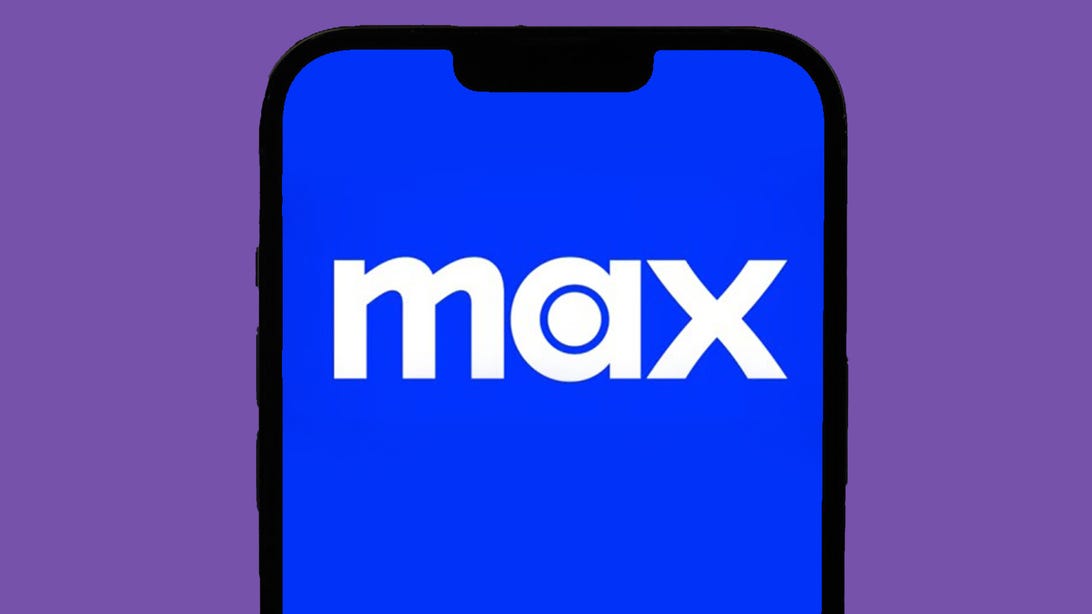
































































































































![[The AI Show Episode 145]: OpenAI Releases o3 and o4-mini, AI Is Causing “Quiet Layoffs,” Executive Order on Youth AI Education & GPT-4o’s Controversial Update](https://www.marketingaiinstitute.com/hubfs/ep%20145%20cover.png)













































































































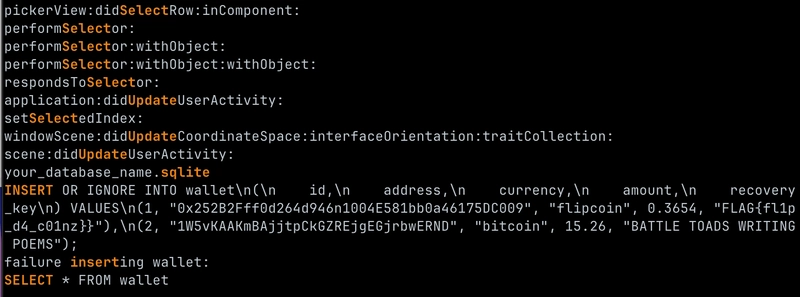
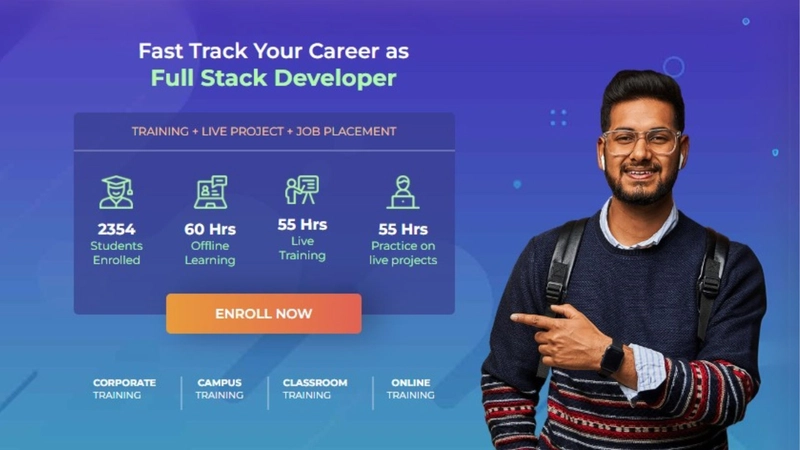
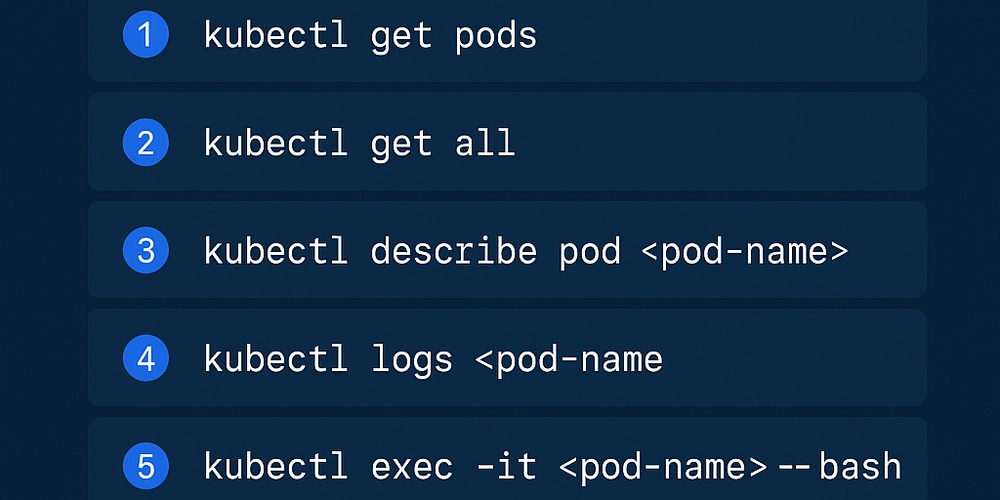


































































































































_XFkvNLu.png?width=1920&height=1920&fit=bounds&quality=70&format=jpg&auto=webp#)

























_Tanapong_Sungkaew_via_Alamy.jpg?width=1280&auto=webp&quality=80&disable=upscale#)



















































































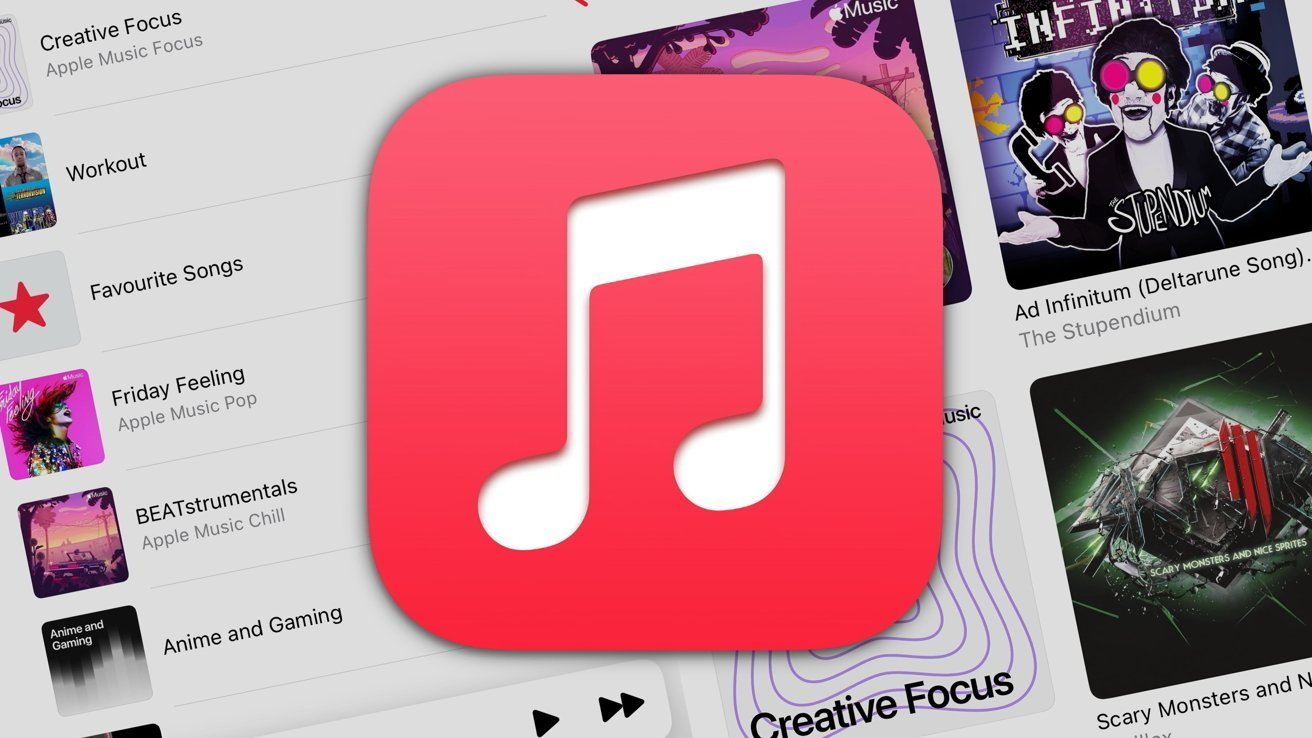









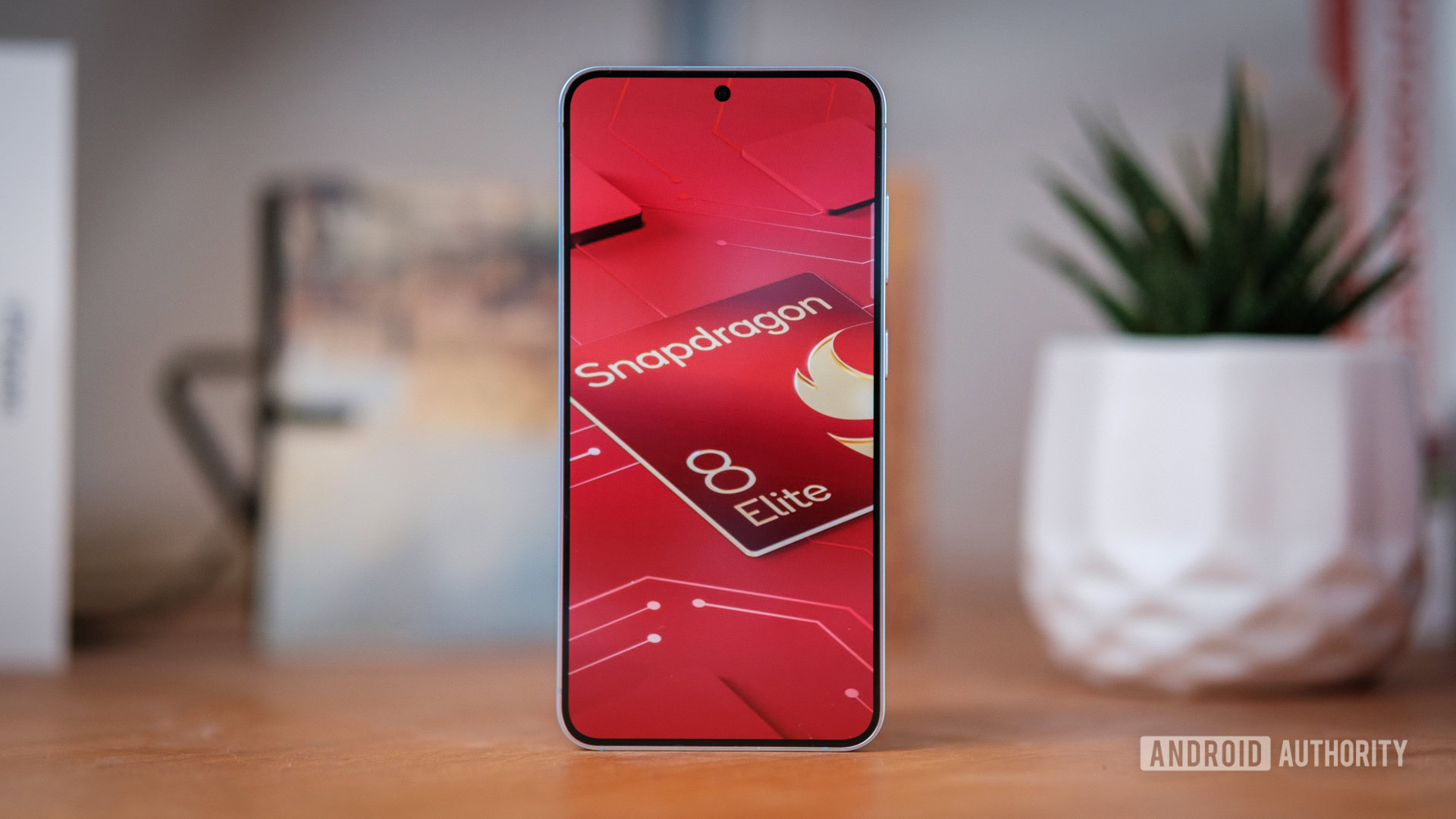

















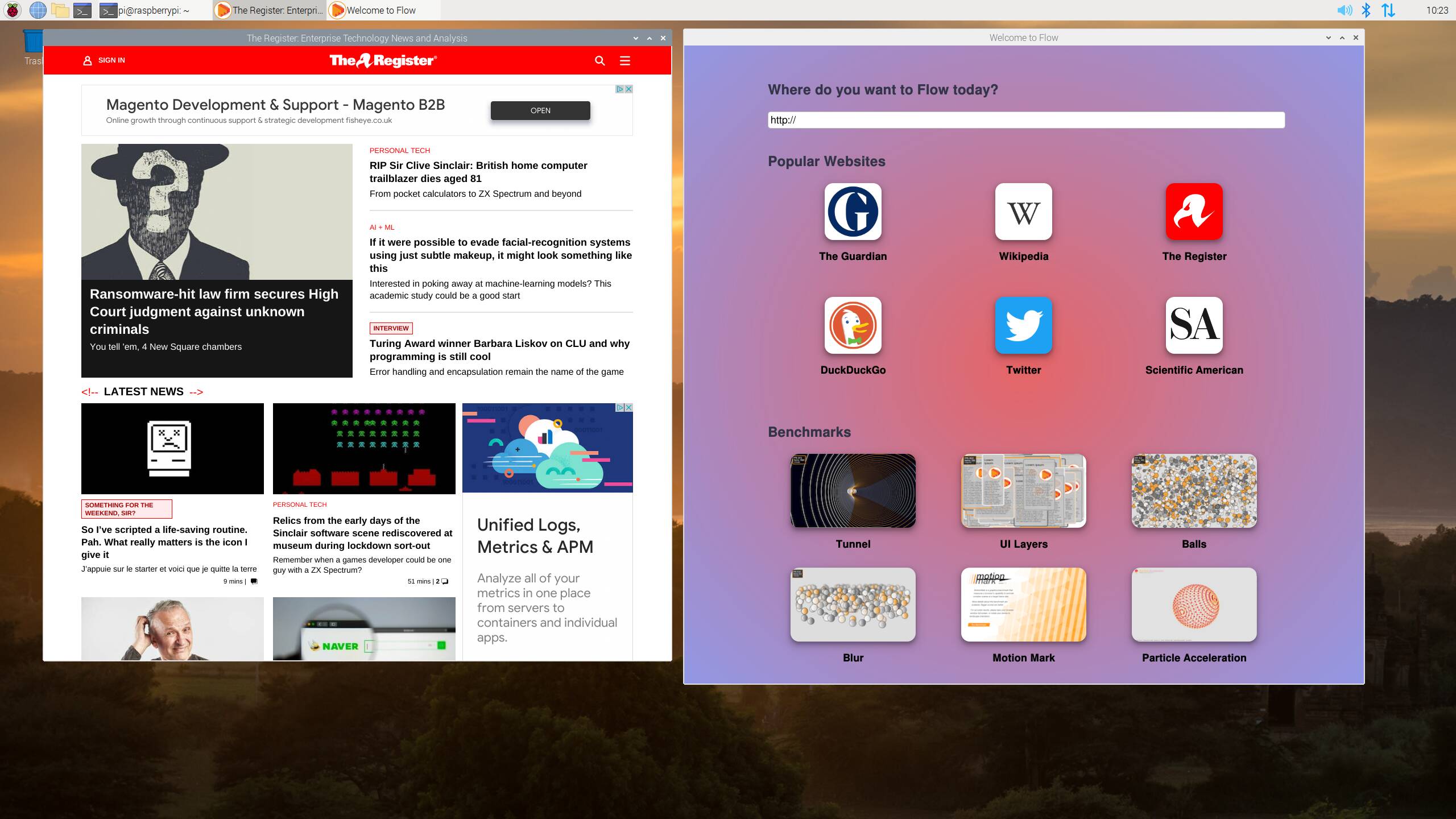

![Apple Restructures Global Affairs and Apple Music Teams [Report]](https://www.iclarified.com/images/news/97162/97162/97162-640.jpg)
![New iPhone Factory Goes Live in India, Another Just Days Away [Report]](https://www.iclarified.com/images/news/97165/97165/97165-640.jpg)


















































